Streamlining the system, preserving student rights
By October 15, 2025, the entire Quang Ninh province had completed the arrangement of school networks in 52 localities; Hai Hoa and Cai Chien communes were not subject to the arrangement due to the previous streamlining of focal points.
The province thoroughly implements the principles: do not merge preschool with general education, continuing education with general education; only merge within the same commune to ensure each commune/ward has all three levels of education.
After completing the two-level government model, Quang Ninh now has 54 commune-level administrative units with 522 public schools. The scale of schools between regions is not uniform: some places have only 5 educational institutions, others have more than 15. The arrangement helps save resources, moving towards the model of "one school for each level of education" in the commune.
The principle that is followed throughout is to keep the learning location as it was before the arrangement. Students do not have to move; classes, teachers, and timetables remain stable.
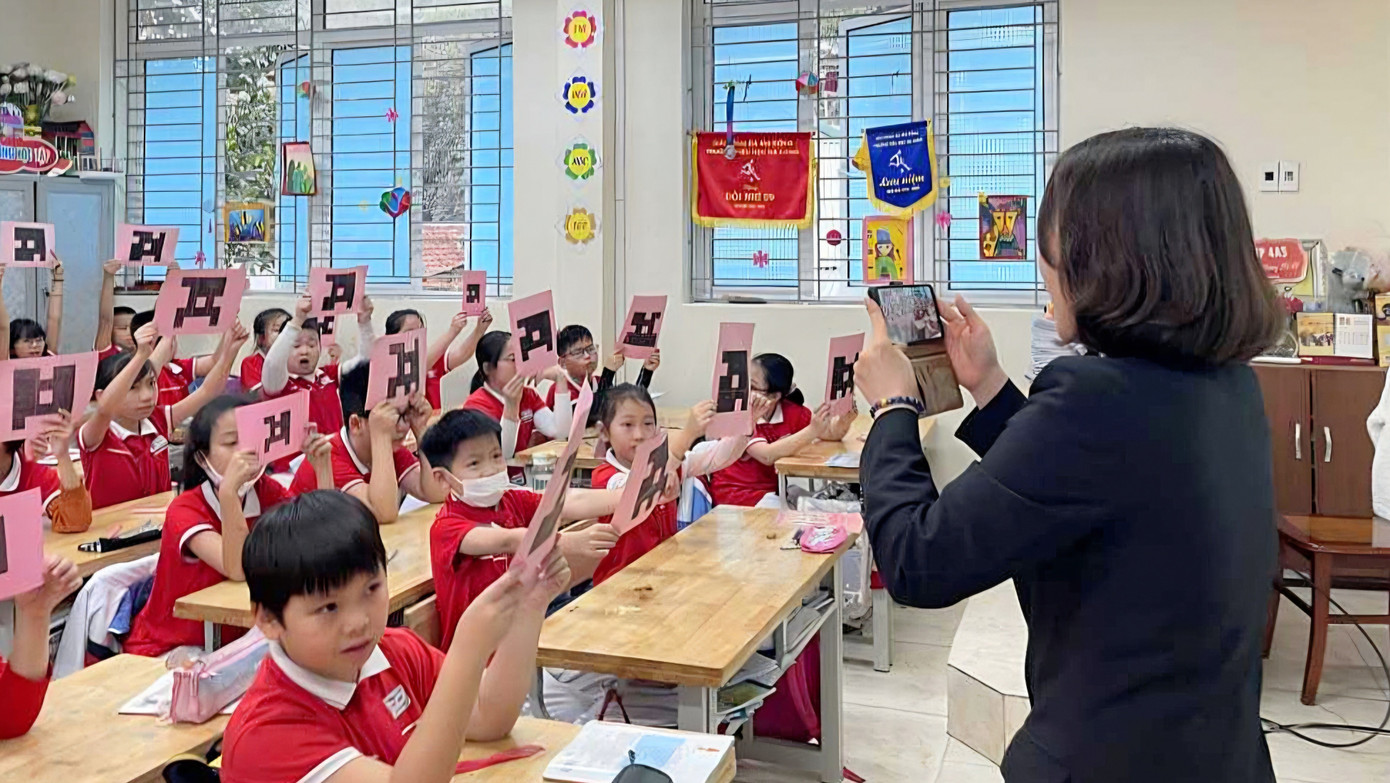
The new schools quickly stabilized their organization, adjusted their teaching plans flexibly, ensured quality between the main school and the campus, and expanded extracurricular activities.
In Ha Long City, merged schools such as Tran Quoc Toan Primary School and Hong Gai Primary School have maintained a stable order and quality. “My child’s schooling is still the same, but the learning activities are more diverse,” said parent Hoang Van Duong (Mong Duong ward).
Solving the problem of teacher shortage, increasing the effectiveness of school management
The Quang Ninh Department of Education and Training is currently short of nearly 4,000 staff , of which more than 2,600 are teachers. The merger helps to centralize the scale, reduce the number of contacts, and increase the number of people directly teaching.
Ms. Pham Thi Bich Hanh - Vice Principal of Phuong Dong Primary School (Yen Tu Ward) said:
“Before the merger, teachers had to divide their time between many concurrent tasks. Now the organization is streamlined, and departments are shared, so the number of concurrent tasks is returned to teaching, improving the quality of class time.”
The selection of leaders of the merged schools is carried out openly and transparently, based on criteria for assessing staff capacity. Thanks to that, the effectiveness of school administration is improved, and internal coordination is smoother.
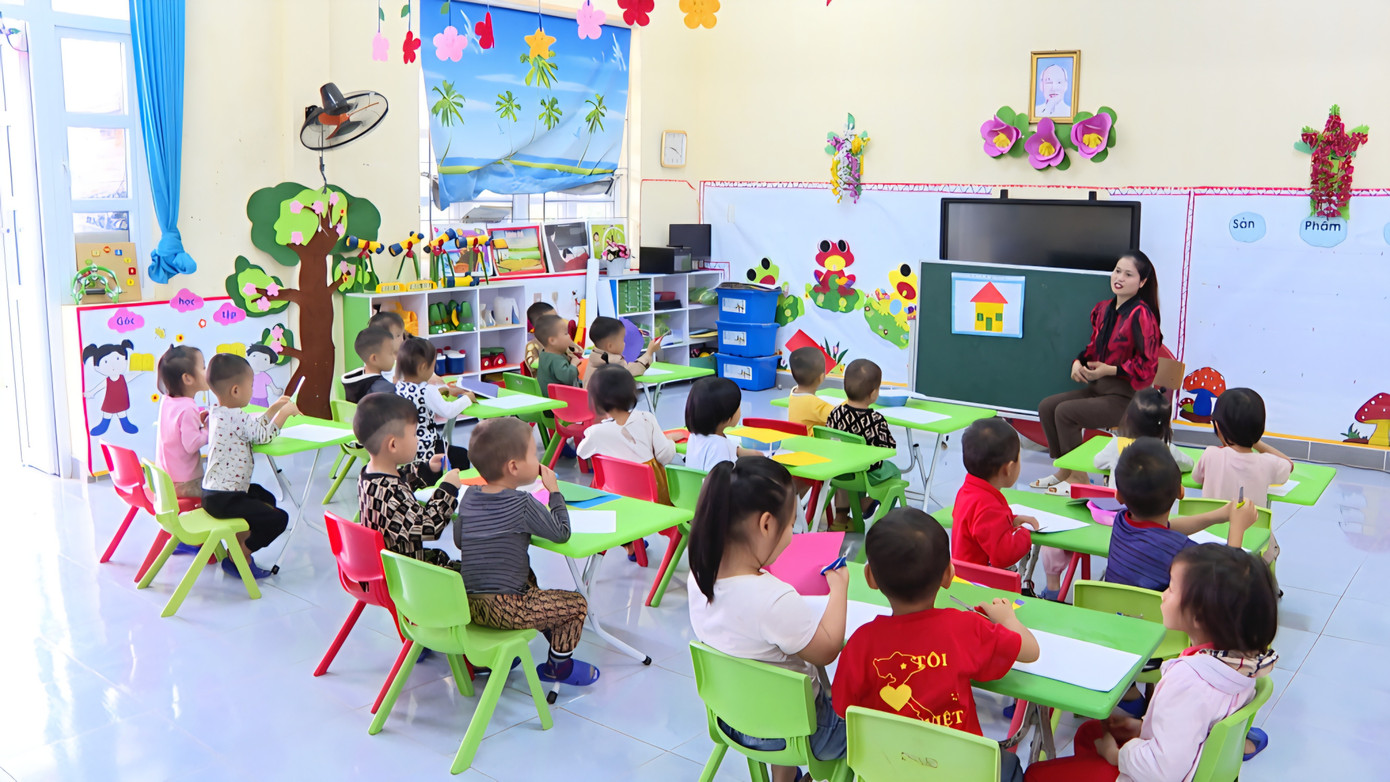
Completing the network arrangement is an important step in the reform of Quang Ninh education. The province aims to effectively use facilities and budget, focusing on investing in classrooms, libraries, playgrounds, equipment and applying information technology, creating a modern, safe and equal learning environment for students across the province.
Based on the network arrangement, the Provincial People's Committee is developing a proposal and a draft Resolution with 12 comprehensive support policies to promote sustainable education. The highlight is the school milk policy for 100% of preschool and primary school students; supporting school lunches for preschool, primary and secondary school students in some areas. The estimated budget is about 700 billion VND/year, an increase of nearly 350 billion VND compared to Resolution 204 (2019), to ensure fairness in access to education and create conditions for all children to study and develop comprehensively.
Completing the school arrangement not only helps Quang Ninh streamline its apparatus but also opens up opportunities for in-depth investment, towards a fair, modern and sustainable education system - where "each student can learn better, right where they live."
Source: https://tienphong.vn/quang-ninh-hoan-tat-sap-xep-truong-lop-post1793746.tpo







![[Photo] Da Nang: Hundreds of people join hands to clean up a vital tourist route after storm No. 13](https://vphoto.vietnam.vn/thumb/1200x675/vietnam/resource/IMAGE/2025/11/07/1762491638903_image-3-1353-jpg.webp)


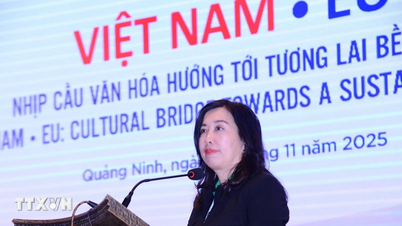




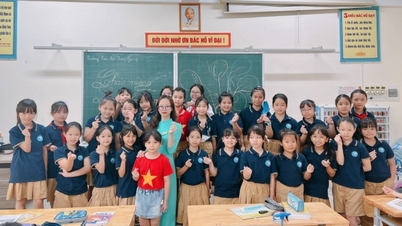


























































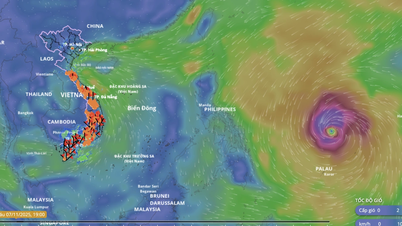











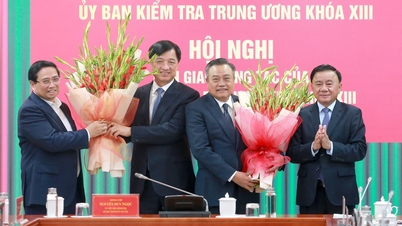


























Comment (0)